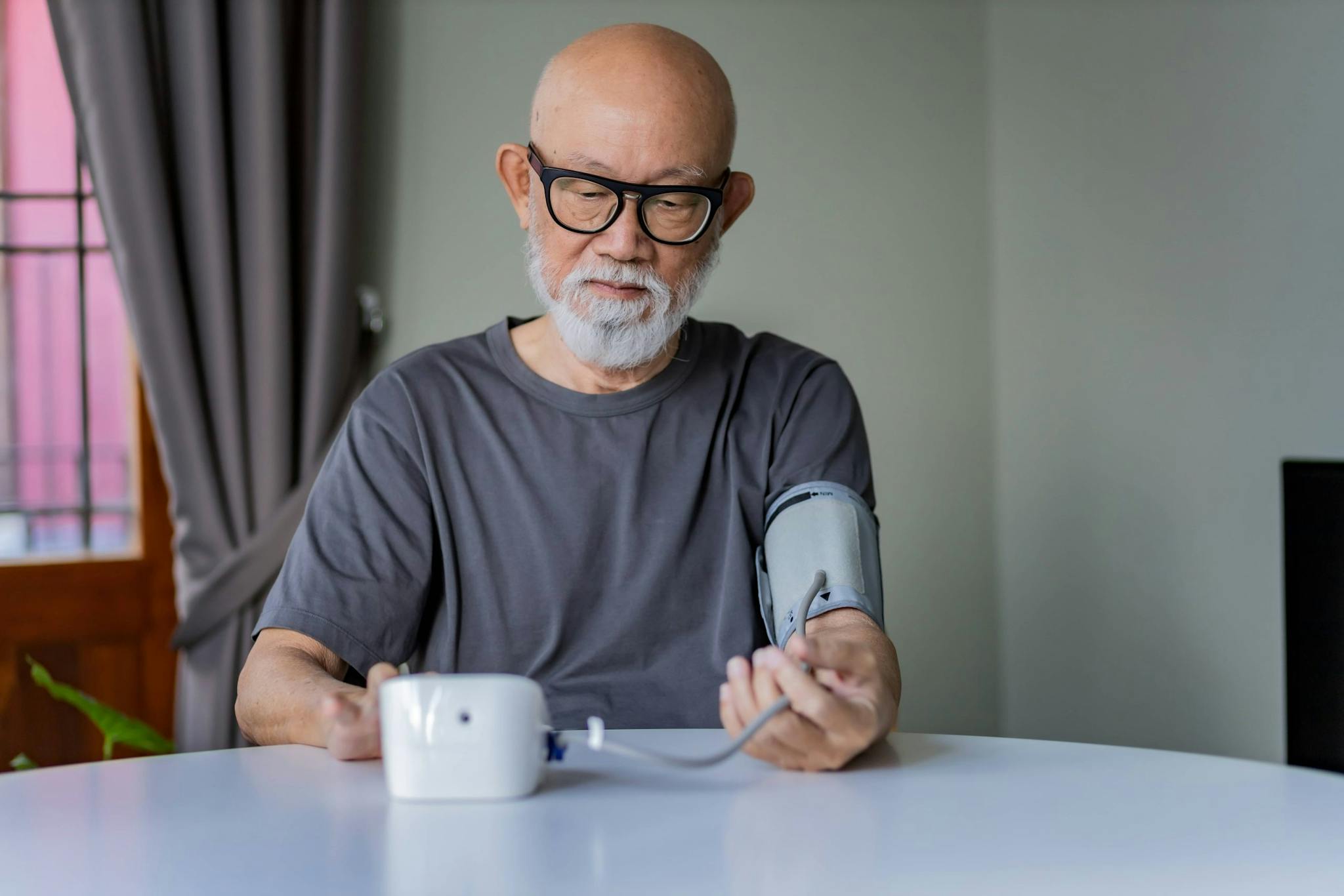
2025-04-24T14:00:43
The DASH Diet: What it is and How it Supports Your Heart
- Cardiology
- Family Medicine
November 30, 2016 | Cardiology
Specialties:General Cardiology

Your body has a system in place to keep your heart beating at a steady pace and in regular intervals. Any interference or irregularities in this system is a disorder broadly known as cardiac arrhythmia.
Those suffering from cardiac arrhythmia see their sinus node, the body’s natural pacemaker, affected to the point where they’re unable to regulate a heartbeat. Some cases of cardiac arrhythmia are minor, but others can pose serious health risks.
A common form of treatment for chronic cardiac arrhythmia is an artificial pacemaker. A surgeon inserts this device into the body and performs heart-triggering functions to make up for irregularities in the impulses that control the pace of your heartbeat. Here are some of the basic facts about cardiac arrhythmia and pacemakers.
Because many signs of cardiac arrhythmia are common occurrences, and might also indicate other conditions, it can be among the more difficult disorders to properly and quickly diagnose. Some of these common warning signs include:
Some of these symptoms are ones many people see regularly in relation to other conditions. For this reason, many minor cardiac arrhythmias aren’t noticed by those the patient and are instead picked up by a doctor during a separate evaluation.
However, anyone frequently suffering from one or more of these symptoms should seek medical attention, particularly if the symptoms hit without warning or at unexpected times.
In a very broad sense, doctors break cardiac arrhythmias down into two categories:
Both forms of arrhythmia can cause serious complications. In addition, cardiac arrhythmias are sorted by which of the four heart chambers they originate from, leading to numerous different specific classifications within the broader realm of cardiac arrhythmias.
Cardiac arrhythmias share several common risk factors and causes with most general forms of heart disease. These include:
Prominent causes that are more specific to arrhythmias include:
As always, frequent drug or alcohol use puts you at risk for heart complications.
Like all forms of heart health, the first line of defense against cardiac arrhythmia is the day-to-day prevention. Habits like a healthy diet, frequent exercise and avoiding smoking or drugs go a long way in limiting the need for more invasive treatments in the future.
While many diagnosed arrhythmias are generally harmless and require no treatment, many cases do – especially for chronic or persistent cases. Doctors commonly prescribe medication meant to help stabilize the heartbeat. There’s often another pre-existing heart condition causing or enabling cardiac arrhythmia, and these will commonly be a focus of treatment as well.
In some cases, particularly for those who have suffered from heart failure or stroke – two of the most extreme possible outcomes for cardiac arrhythmia – a more permanent solution is required.
For some, the insertion of an artificial pacemaker to take the place of the sinus node is necessary to stabilize their heartbeat. Typically placed under the skin close to the collarbone, a pacemaker is a device made up of two parts: the generator and the wires which connect to the actual heart.
Once inserted properly, the pacemaker imitates the same electronic impulses normally sent naturally by the body to the heart. Many pacemakers have sensors designed to determine when the heart is firing too slowly or too quickly and adjust accordingly. These are called “demand pacemakers.” In addition, a device called an implantable cardioverter-defibrillator (ICD) – similar to a pacemaker but without a preventative element – is often recommended for specific arrhythmia issues in the lower part of the heart.
Pacemakers and ICD units aren’t without risks, though these aren’t particularly common in most patients. Damage to arteries or nerves near the insertion point can cause complications. Infection is possible during the surgical procedure, and tissue sometimes may swell near the area where the generator is located in some patients.
WRITTEN BY:
The Live Better Team

2025-04-24T14:00:43

2024-02-12T10:43:02

2024-02-05T15:00:39

2023-03-21T11:33:07
This information is not intended to replace the advice of a medical professional. You should always consult your doctor before making decisions about your health.